HTSI editor’s letter: there’s no place like home
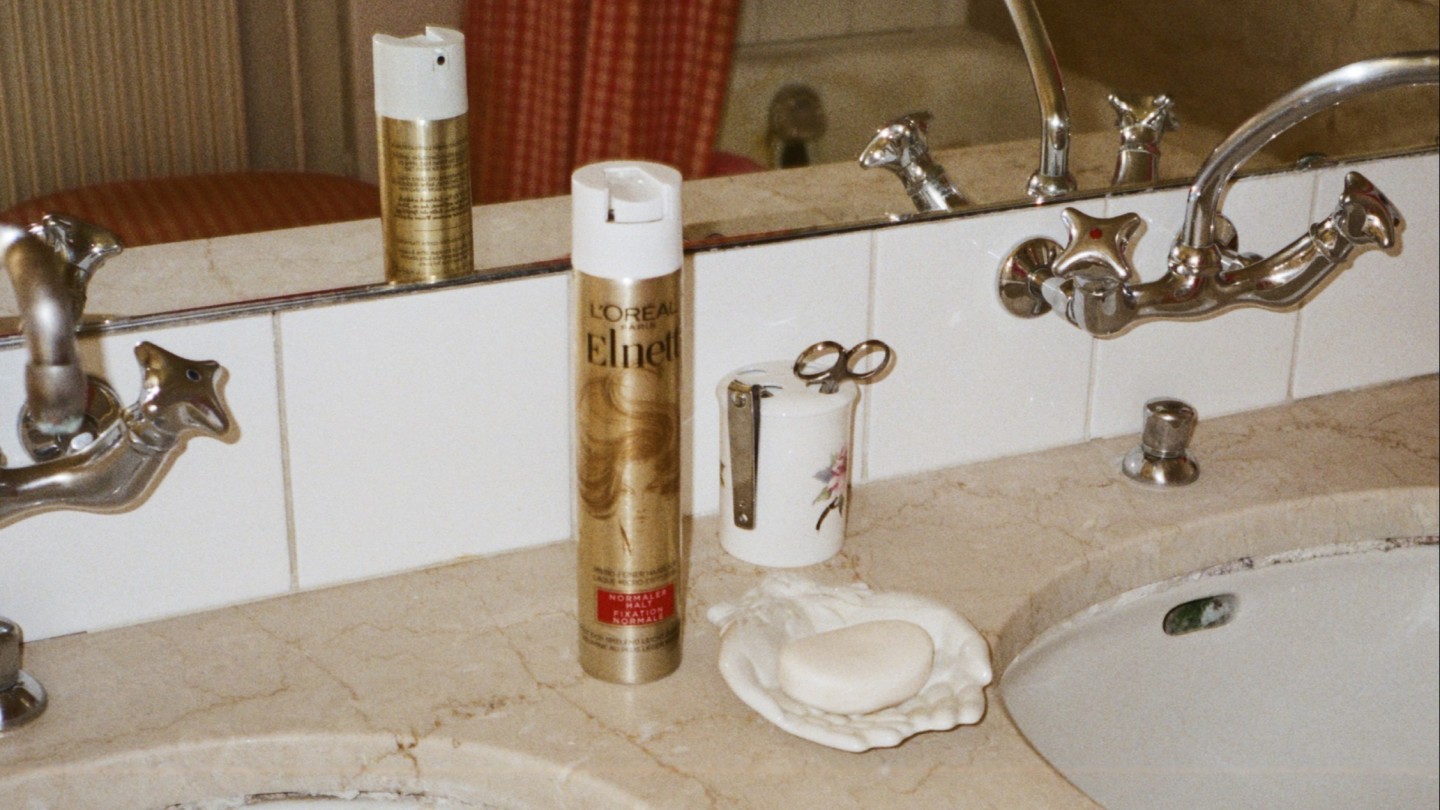
Simply sign up to the Style myFT Digest -- delivered directly to your inbox.
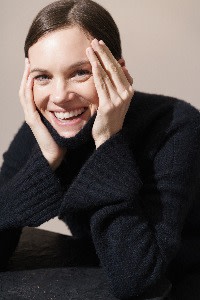
The makings of a home, our relationship with buildings, and the poetry of architecture are all under discussion this week in HTSI, which includes the first of our two annual property specials. In our architectural trend piece, Ruth Bloomfield looks at the resurgence of natural materials in building – such as hemp, adobe and cob – in techniques first used by the ancients. All have benefited from the drive to try to wean us off concrete. The more surprising advantage of such materials, however, is that they can be such a source of beauty. Likewise, Lisa Freedman uses a new exhibition at Dulwich Picture Gallery, Reframed: The Woman in the Window, as a springboard to trace the evolution of “prospectus” and “elite place-making” in modern property developments. An uninterrupted view has long offered homeowners a sense of empowerment but, as Lisa observes, those statement windows are also an invitation for those on the ground to have a good look back at you.

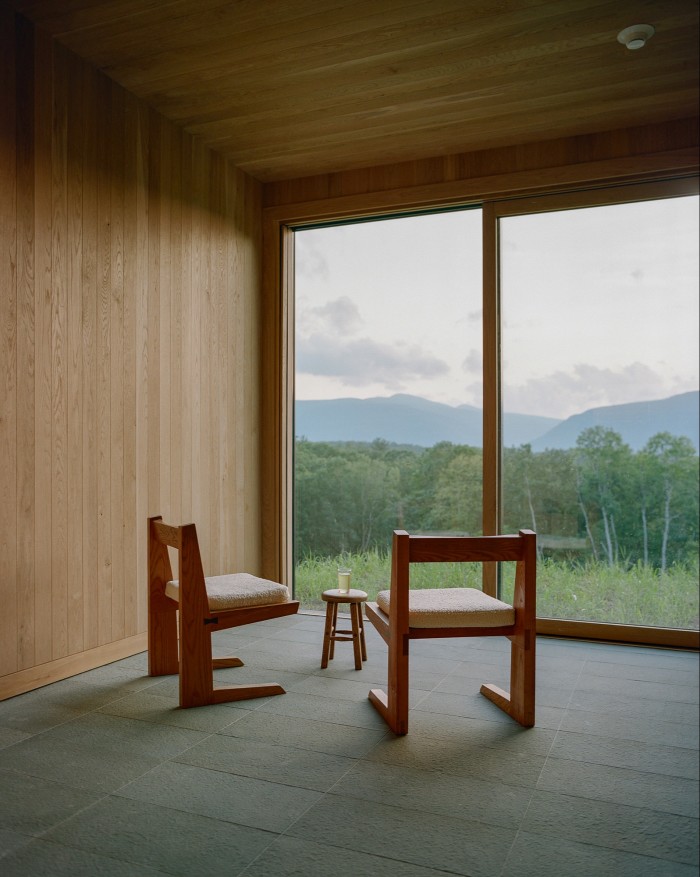
One wonders whether the residents of Frank Gehry’s latest project by Battersea Power Station will be able to ogle each other’s bedrooms. The 93-year-old architect’s first residential project in the UK has been conceived as a “love letter to London”, standing alongside the reconstruction of the landmark power station and a shopping mall. It’s perhaps less flamboyant in execution than some of his other famous constructions, but the new development retains a dynamism that is unmistakably his. In our interview, Gehry discusses the themes and motifs that continue to inspire him and make his buildings so distinctive. “Architecture is an art form,” he says, from his Los Angeles studio. In the 60th year of his first architectural practice, it’s still a compelling mantra.
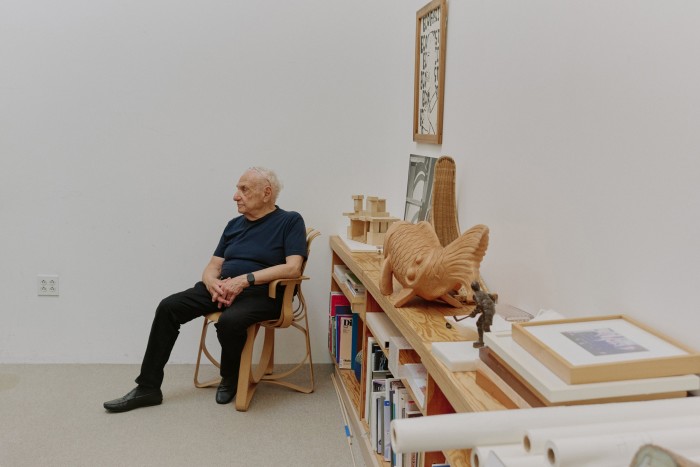
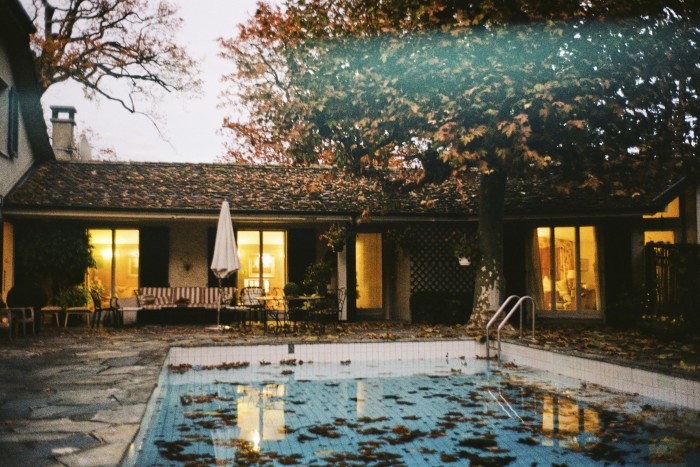
For most of us, however, the real poetry of property is less in the aspect but in what we find within its walls. When Pamela Hanson’s mother died last winter, the photographer returned to her childhood home in Geneva to pack away a household that had remained largely unchanged for nearly 70 years. As anyone who has had to tidy away a parent’s possessions will understand, it’s the tiniest things that become the most poignant: the unfinished can of hairspray still sitting in a bathroom, the shallow landscape of a mattress, or a stack of sweaters neatly folded in a drawer. As part of her grieving process, Pamela felt compelled to capture her family home in its own final moments. The result is a tender portrait of a parent, an expression of near-inarticulable sadness and a testament to her mother’s brand of fabulous. In Genevan society, Brooks Hanson’s Chanel tweeds, pearl necklaces and pool parties are still the stuff of fable, but somehow it’s the row of Pappagallos loafers and the Kambly biscuits that are, for me, the epitome of elegance.
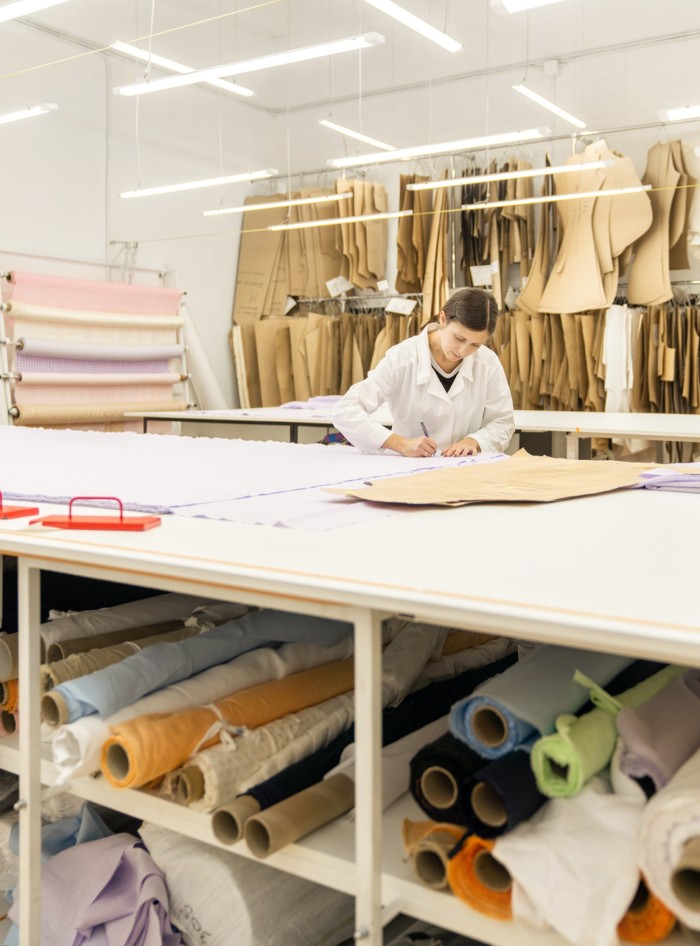
Of course, at a time when so many millions of people are being displaced by war and forced to flee their homeland, it is with a profound sense of gratitude that any of us have safe and comfortable homes. This week, which marked a month since the invasion, Sara Semic spoke to some of the Ukrainian fashion creatives who have quickly pivoted their businesses, from making designer dresses to manufacturing combat boots, stitching blankets or helping to deliver food and medical supplies. Many are now trying to restart their businesses as refugees in foreign countries; others have stayed behind to help the war effort and to try and help evacuate their staff. As a portrait of resilience, the stories are an inspiration: it also features links to show how you can lend support.
Additionally, as part of our commitment to highlighting philanthropic causes through How To Give It, we have put together a list of humanitarian aid efforts and charities helping to provide shelter and help to the Ukranians affected – see our “How To Give It… to the humanitarian effort in Ukraine” page.
We will continue to update this, and to highlight new initiatives, so please do get in touch with me if you have any charity considerations or further thoughts.
HTSI newsletter
For the best of How To Spend It straight into your inbox, sign up to our newsletter at ft.com/newsletters
Comments